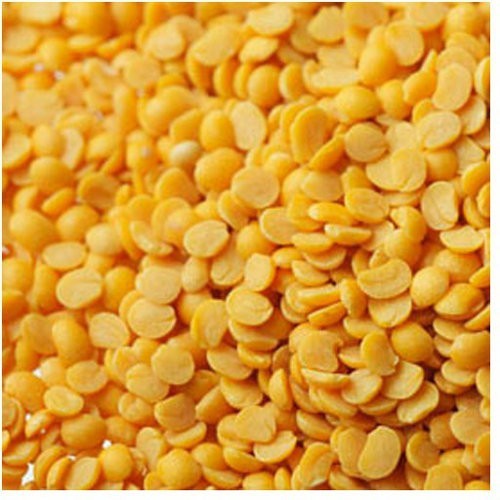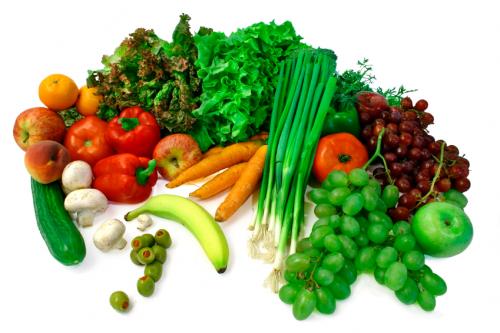
Dal prices have been on fire. The bureaucrats and politicians have been caught napping once again. In the recent past, tur dal prices have crossed Rs 200 per kg. The prices of other major pulses have also crossed more than Rs 100 per kg.
The governments (central as well as state governments) have gone on an overdrive and blamed the hoarders for the price rise, as they have often done since the 1960s. A statement released by the ministry of consumer affairs, food and public distribution late last week pointed out that 74,846.359 tonnes of pulses have been seized from hoarders after 6,077 raids.
It is not surprising that the central government wants to push down the price of various pulses in general and tur dal in particular, given the on-going state assembly elections in Bihar. Media reports suggest that the high dal prices have become an election issue in Bihar, with leaders of both the NDA and the Nitish+Lalu+Congress combine accusing each other of not doing enough to control dal prices.
But is hoarding the really the only reason for high prices? The ministry of agriculture publishes a document titled Commodity Profile for Pulses. This document dated March 2015 had clearly pointed out that the total production of various kinds of dal would fall by 6.8% to 18.43 million tonnes in 2014-2015. The production had stood at 19.78 million tonnes in 2013-2014.
The production of tur dal was expected to be at 2.75 million tonnes, a fall of 13.2%. The production for 2013-2014 had stood at 3.17 million tonnes.
The Commodity Profile for Pulses dated September 2015, revised these numbers. The total production of dal was revised to 17.2 million tonnes, a fall of 13% from 2013-2014. The production of tur dal was revised to 2.78 million tonnes, a fall of 12.3% from 2013-2014.
The point here is that the government knew at the beginning of this financial year that the production of tur dal in particular and total dal production as a whole, had fallen in 2014-2015. It was but logical that hoarders would get into the fray.
This possibility should have been tackled at that point of time. By the time the government woke up to this possibility it was too little and too late. The damage of escalating dal prices had already been done.
Further, imports have been bandied around as a solution to the escalating prices. In a press release dated October 19, 2015, the ministry of consumer prices, food and public distribution stated that the “government would further import 2000 tonnes of Tur dal and 1000 tonnes of Urad dal and tender will be floated by MMTC immediately.”
As mentioned earlier the production of tur dal has fallen from 3.17 million tonnes in 2013-2014 to 2.78 million tonnes in 2014-2015. Also, a poor monsoon this year may also have had an impact on tur production. Tur is mainly grow during the kharif season and a very small portion of the total area under production has access to irrigation. The monsoon this year was at 86% of its long period average.
So what does this mean? The production of tur dal during the course of 2014-2015 was around 0.4 million tonnes lower than 2013-2014. In an article in The Indian Express Professor Ashok Gulati of ICRIER estimates that the yearly consumption of tur dal in India is in the region of 3.3 to 4 million tonnes. Trying to plug this huge gap between falling production and consumption by importing a few thousand tonnes of tur dal is not going to help much.
In fact, the global market for pulses is not very big. In 2014-2015, India imported a total of 4.6 million tonnes of dal, of which 0.58 million tonnes was tur dal. A little over half of India’s tur dal imports came from neighbouring Myanmar and the remaining came from Africa. Also, it is worth mentioning here that India is the biggest producer of tur dal in the world. So imports really cannot help beyond a point.
Further, pulses are an important source of proteins especially for vegetarians. In this scenario as per capita income goes up, the demand for pulses will continue to go up.
As the 2013-2014 annual report of ministry of consumption, food and public distribution points out: “demand for pulses has been increasing steadily mainly due to increase in population and preference for enhanced protein requirements in food.”
A discussion paper titled Taming Food Inflation in India released by the Commission for Agricultural Costs and Prices (CACP) in April 2013 and authored by Ashok Gulati and Shweta Gulati refers to the same reason. As it points out: “[The] study finds that the pressure on prices is more on protein foods (pulses, milk and milk products, eggs, fish and meat) as well as fruits and vegetables, than on cereals and edible oils, especially during 2004-05 to December 2012. This normally happens with rising incomes, when people switch from cereal based diets to more protein based diets.”
This trend of increased consumption of proteins has been around for a while. What all this clearly tells us is that the government failed to see this crisis coming, even though the data as well as the trend suggested it very clearly.
Further, the trend of increased protein consumption will continue, as people earn more and eat better. This can be only solved by producing more pulses within the country.
The government of India actively procures wheat and rice through the Food Corporation of India and other agencies. This creates its own set of problems. As the CACP report points out “Assured procurement gives an incentive for farmers to produce cereals rather than diversify the production-basket.”
The economic incentive the way it is currently structured encourages farmers to produce more of rice and wheat and not other crops. This is something that needs to be set right.
In the short run, the good news is that the area on which pulses have been sown in this kharif season has gone up to 11.6 million hectares from 10.3 million hectares last year.
As far as tur dal is concerned the area under production has gone up by 4% to 3.74 million hectares. While the number is higher in comparison to 2014-2015, it is not as high as earlier years. Between 2010-2011 and 2013-2014, the number varied between 4.42 million hectares and 3.90 million hectares. The yield in 2010-2011 was 655 kg per hectare. This had jumped to 813 kg per hectare in 2013-2014.
With an increase in area under production, prices are likely to fall a bit in the days to come. Nevertheless, if dal prices in general and tur dal prices in particular, need to come down dramatically in the years to come, then the yield as well as area under cultivation need to go up. And this is easier said than done.
(Vivek Kaul is the author of the Easy Money trilogy. He can be reached at [email protected])
The column originally appeared in The Asian Age/Deccan Chronicle on October 28, 2015

